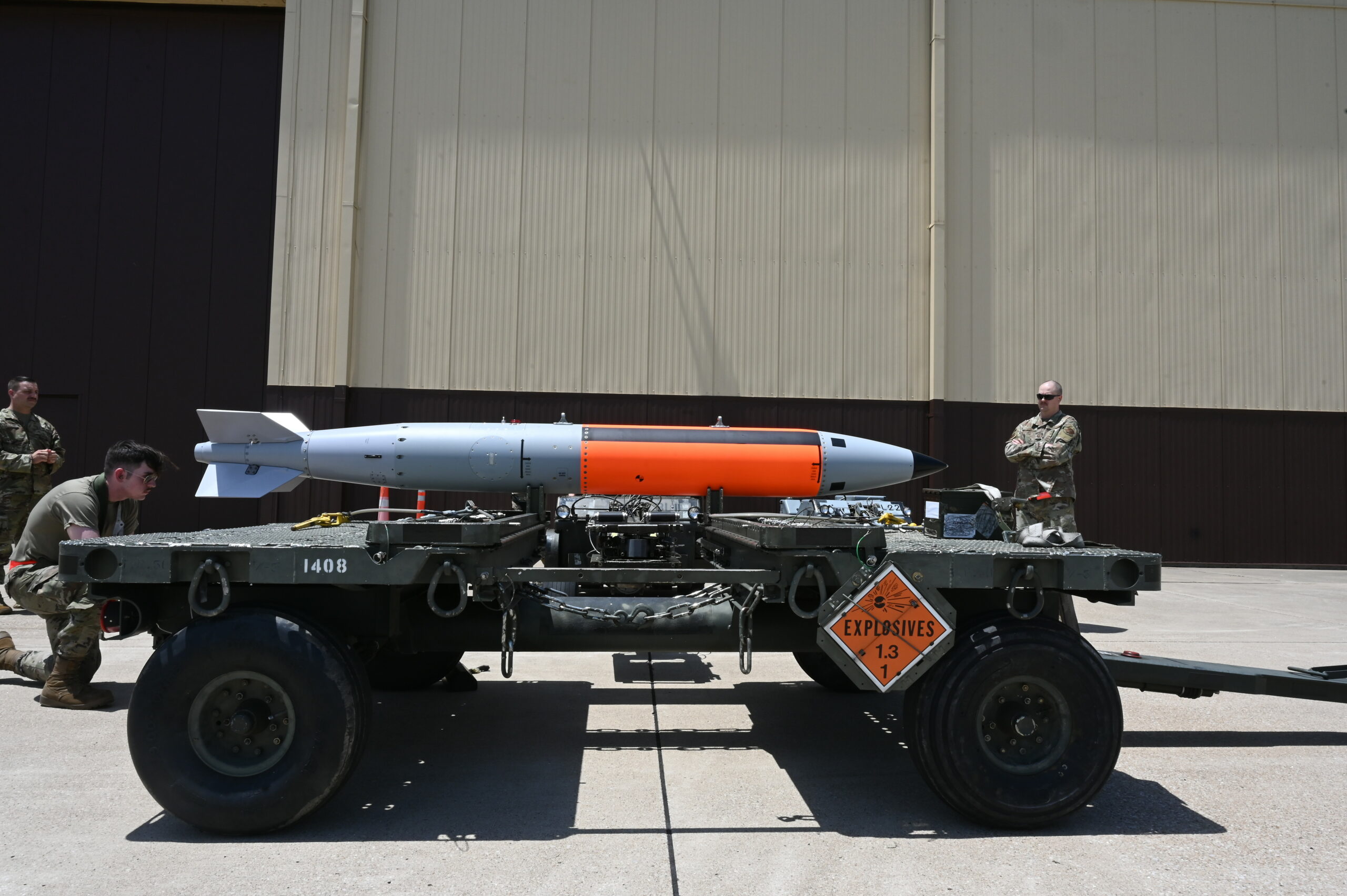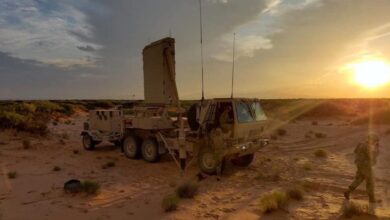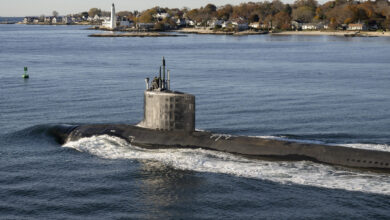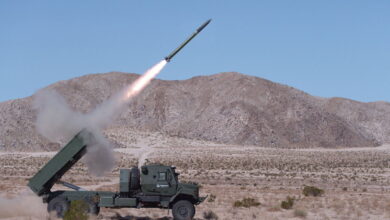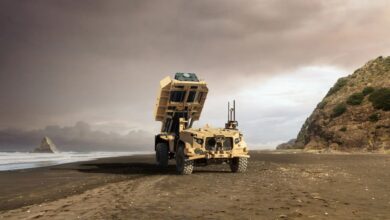The US has accelerated the fielding of an upgraded nuclear bomb at its European bases, Politico revealed, citing US diplomatic sources.
Originally scheduled to be fielded next spring, the B61-12 air-dropped gravity bomb is now planned for fielding in December, the outlet wrote, citing a closed-door meeting involving US and NATO officials.
Two people familiar with the upcoming delivery to Europe have corroborated the revelations, according to the outlet.
Counterintuitive Move: Experts
The development emerges amid heightened tensions in Western capitals over the growing Russian threat to use nuclear weapons but has come as a surprise to many observers. NATO countries have carefully avoided reacting to Moscow’s nuclear saber-rattling.
“It would be odd to rush it in,” director of the Nuclear Information Project at the Federation of American Scientists Hans Kristensen told Politico.
“They have been saying we don’t respond to this situation with nuclear weapons. I don’t think they want to go down that [road].”
Move Aimed to Address Europe’s Nuclear Anxieties
Director of policy at disarmament group the Ploughshares Fund, Tom Collina, said the move may be aimed at Europeans more than Moscow.
“There are [older] B61s already there. The Russians know that. They work just fine. The new ones will be newer, but it’s not really that much of a difference. But it may be a way to assure the allies when they are feeling particularly threatened by Russia.”
However, Collina acknowledged that the move could be “escalatory” and have unintended consequences.

Low-Yield Bomb
The B61-12 Life Extension Program is a $10 billion, nine-year Department of Energy program to replace around 100 earlier versions of the B61 at six European air bases in Germany, Italy, Belgium, the Netherlands, and Turkey.
The low-yield, more accurate B61-12 is capable of being air-dropped — either through “gravity or guided drop modes,” allowing the air force to deploy it for “low-yield nuclear attack, earth-penetrating strikes, above surface detonation, and bunker-buster explosions,” according to National Interest.
The bomb’s upgraded features allow military commanders to use it as deterrence against “a more limited or tactical nuclear strike,” a possibility experts have hypothesized due to the Russia-Ukraine conflict.
According to Politico, the bomb’s “explosive power can be dialed up or down depending on the target, making it either a low- or medium-yield weapon.”
The new version is designed to be carried by a range of US and allied bomber planes and fighter aircraft such as B-2 and B-21 bombers and F-15, F-16, F-35, and Tornado fighters, which was not possible with the previous variant.
In a related development, the US Air Force recently flight-tested a B-2A bomber radar-aided targeting system, enabling navigation for guided nuclear weapons such as the B61-12 in a non-GPS environment.

